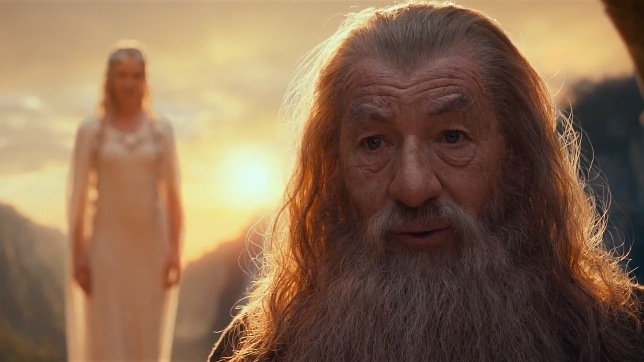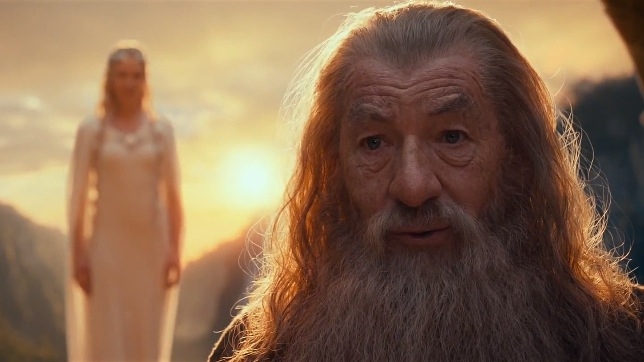
 Hobbit
Hobbit
With tales of headaches, sickness and soap-opera resemblence pouring out of every media outlet, we sent our highly experienced film shooter, editor and industry consultant, Ned Soltz, to an IMAX cinema in New York to get an expert's view of 48 fps
I just saw The Hobbit in HFR Imax 3D. I schlepped a very reluctant and 3D-averse wife with me.
I’ve read countless point-counterpoint on HFR down to such generalizations as younger viewers liked HFR better than older viewers. I would hesitate to make statistical generalizations but certainly can concur with a post I read on the RED user forum contenting that those who viewed the movie without looking to critique 48 fps enjoyed it more (and had fewer complaints) than those who merely put all of that baggage aside.
It was with this statement in mind that I went to the theater. My wife had a pair of eyes not tainted by any technology knowledge whatsoever - her role is my financial wizard telling me whether we’re making money or not.
Empty
The theater was virtually empty. That may have been due to the first showing of the day (11:30 am) or possibly even the expense of the ticket-- $12 in my part of the world as opposed to $8 for 24p 3D.
The usual succession of trailers preceded the film, including several upcoming 3D features. Those trailers were downright painful to watch, showing all of the worst in stereoscopic production. Disney previewed an upcoming Wizard of Oz remake, complete with images flying into the audience reminiscent of the Michael Jackson Disneyland 3D movie, for those of us old enough to remember it. And obvious 2D plates on which actors had been composited in stereoscopic space. And an even worse upcoming Star Trek movie. Even accountant-wife could pick up all of the artistic and technical ugliness.
After 15 minutes of ghastly trailers, though, anything would look good.
Jarring realism
The first images of The Hobbit were somewhat jarring in their realism following what we had just seen. And I immediately violated my own resolution and began looking from a technical and artistic perspective. It was very realistic. So realistic that the composite of Gandalf in an early seen was just far too obvious. So realistic that I swear that I could see makeup at times. So realistic that many CG backdrops looked unreal.
I first wanted to fall into the ubiquitous critique that it looked “video.” But walking through the mall enroute to the theater looked “video” as well. And no motion artifacting. Maybe Peter Jackson had a point when he blogged that the human eye processes at a rough equivalent of 55 fps, so 48p looks natural.
My wife, by the way, said she liked what she saw because it “looked real.” But she also confessed that the prior 3D trailers were so—sorry, I can’t say the word—bad that anything would look good.
Disbelief suspended
After viewing the first half hour or so with a filmmaker’s eye, I decided to simply to suspend my disbelief. At that point I simply became involved with the story switching more to the mode of “this is nothing like the book”. Suddenly as story, content, acting and music became my focus, I was no longer looking for visible prosthetics, compositing gaffes and the “video” vs “film” look.
My bottom line here is that I liked the story and enjoyed the fantasy, having read Tolkien as a teenager, inspired by a poetic mother who employed these tales to ease her through serious illness. I suppose then, I went to the movies today with a certain positive predisposition.
I would need to see a 24p version in order to make a fair comparison. I am not totally sold on 48p as a viable and sustainable format. I am definitely torn between the life-like realism (read “video” if you like) tempered by the enhanced detail that makes the fantasy of the silver screen look too real.
With technology, cinematography and post production set aside, my 15 minutes of trailer torture became 2 hours 45 minutes of a beloved tale from my youth, albeit told differently, which charmed and compelled. And I waited until the very end of the credits to see the acknowledgement to Red Epic and 3ality.
Read more about framerates in RedShark here
Tags: Technology



Comments